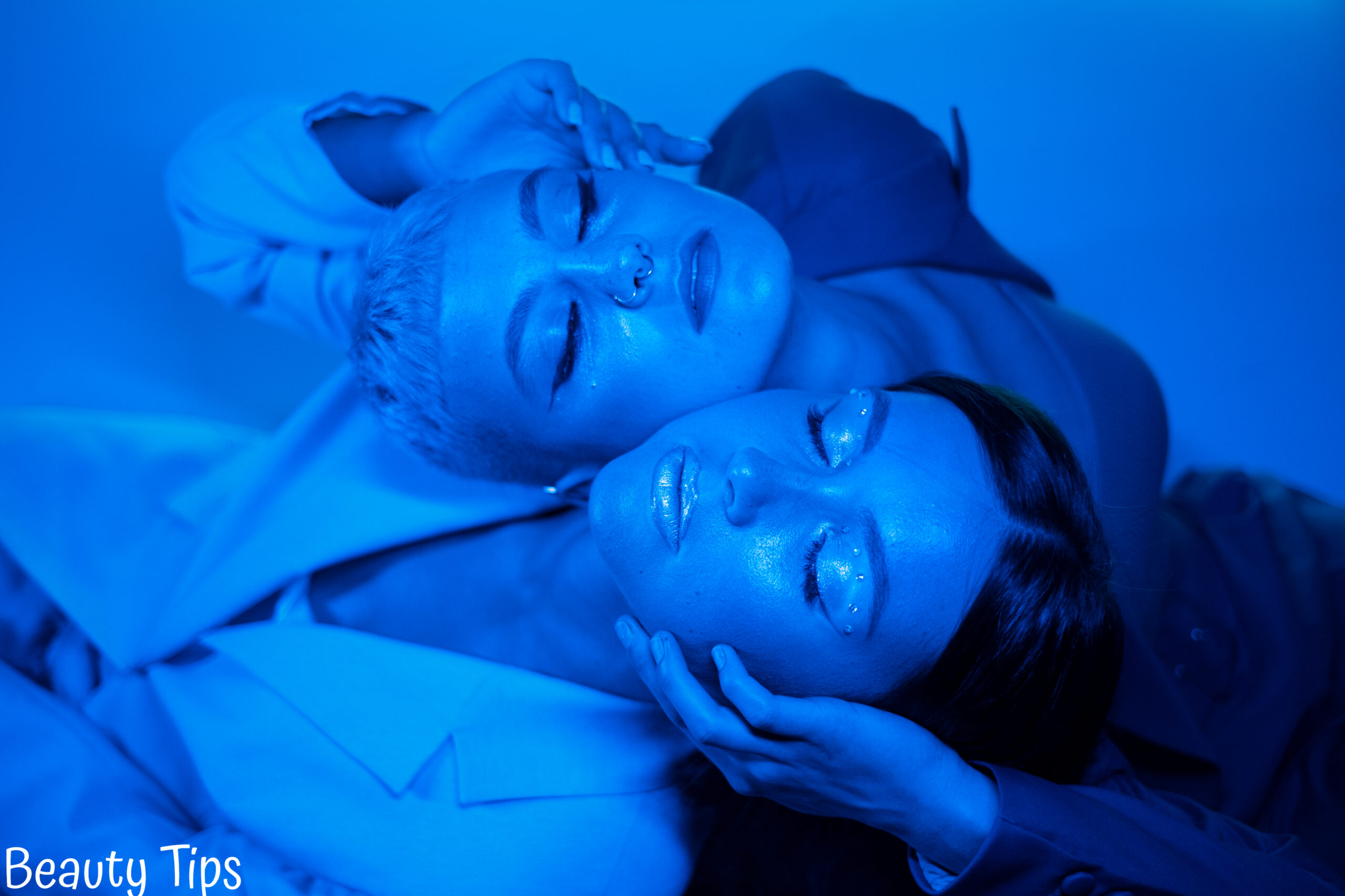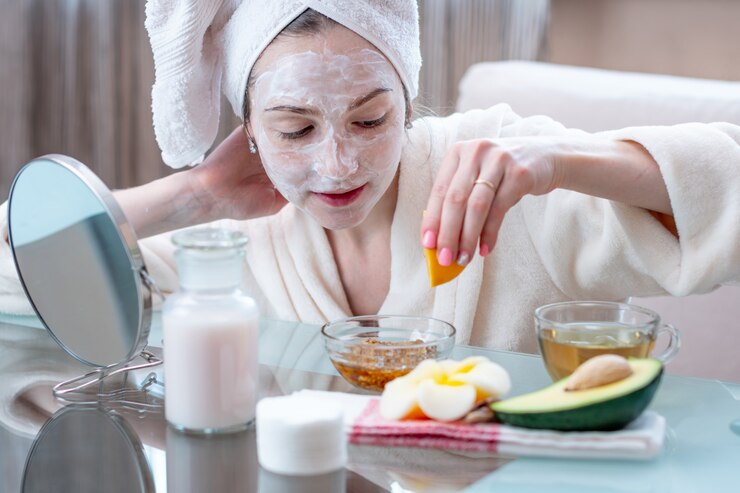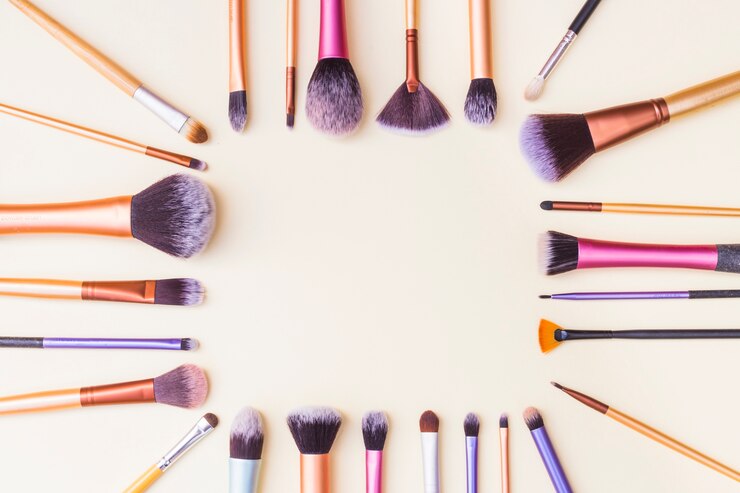Blue Light Skincare: Protecting Your Skin from Digital Damage
In the present advanced age, our openness to blue light has soar. From smartphones to computers, tablets, and LED lighting, blue light is an ever-present part of our daily lives. While we are aware of the potential damage blue light can cause to our eyes and sleep patterns, its impact on our skin is less commonly discussed. This article delves into the effects of blue light on our skin and offers practical tips for incorporating blue light skincare into your routine to protect against digital damage.
What is Blue Light?
Blue light, also known as high-energy visible (HEV) light, is a type of visible light with a wavelength between 400-500 nanometers. It is emitted by the sun as well as digital devices like smartphones, computers, and LED lights. Unlike ultraviolet (UV) light, blue light penetrates deeper into the skin, making it a significant concern for long-term skin health.
The Effects of Blue Light on Skin
1. Oxidative Stress and Free Radical Damage:
Exposure to blue light generates free radicals, unstable molecules that damage skin cells by causing oxidative stress. This leads to inflammation, weakening the skin’s barrier function and accelerating aging processes such as fine lines, wrinkles, and sagging skin.
2. Hyperpigmentation:
Research has shown that blue light exposure can exacerbate hyperpigmentation, particularly in darker skin tones. Blue light stimulates the production of melanin, leading to the formation of dark spots and uneven skin tone.
3. Disruption of Sleep and Skin Repair:
Blue light exposure, especially before bedtime, can disrupt your circadian rhythm, impairing sleep quality. Since the skin undergoes significant repair and regeneration during sleep, poor sleep can hinder these processes, resulting in dull, tired-looking skin.
Blue Light Skincare: Protective Measures
1. Broad-Spectrum Sunscreen:
The first line of defense against blue light is a broad-spectrum sunscreen that protects against both UV and HEV light. Look for sunscreens containing ingredients like zinc oxide or titanium dioxide, which provide a physical barrier against blue light. Apply sunscreen daily, even if you are indoors, to safeguard your skin from prolonged exposure to digital screens.
2. Antioxidant-Rich Skincare Products:
Incorporating antioxidants into your skincare routine is crucial for neutralizing free radicals generated by blue light exposure. Ingredients like vitamin C, vitamin E, niacinamide, and green tea extract are powerful antioxidants that help combat oxidative stress and protect skin cells from damage.
3. Blue Light Blocking Moisturizers and Serums:
Many skincare brands now offer products specifically formulated to protect against blue light. These products often contain a combination of antioxidants and other protective ingredients designed to shield the skin from HEV light. Consider incorporating a blue light blocking moisturizer or serum into your daily regimen.
4. Use Screen Filters and Protective Glasses:
In addition to skincare products, consider using screen filters or blue light blocking glasses to reduce your exposure to blue light from digital devices. These filters and glasses help minimize the amount of blue light that reaches your skin and eyes, providing an extra layer of protection.
5. Establish a Digital Curfew:
To protect your skin and overall health, establish a digital curfew by limiting screen time, especially in the evening. Aim to turn off digital devices at least one hour before bed to reduce blue light exposure and support your body’s natural sleep-wake cycle.
Incorporating Blue Light Skincare into Your Routine
1. Morning Routine:
Start your day with a gentle cleanser to remove impurities and prepare your skin for the day ahead. Follow with an antioxidant-rich serum to provide a protective barrier against free radicals. Apply a broad-spectrum sunscreen with blue light protection as the final step in your morning routine.
2. Daytime Touch-Ups:
If you spend a lot of time in front of digital screens, consider using a blue light blocking mist throughout the day. These mists are easy to apply and help refresh and protect your skin from ongoing blue light exposure.
3. Evening Routine:
In the evening, cleanse your skin thoroughly to remove makeup, sunscreen, and pollutants. Follow with a blue light blocking serum or moisturizer to repair and protect your skin overnight. Incorporate an eye cream with antioxidants to address blue light-induced puffiness and dark circles.
4. Weekly Treatments:
Consider incorporating weekly treatments such as masks or peels that contain antioxidants and skin-repairing ingredients. These treatments can help boost your skin’s resilience against blue light damage and promote overall skin health.
Additional Tips for Blue Light Protection
1. Adjust Device Settings:
Many digital devices offer settings to reduce blue light emission. Activate the night mode or blue light filter on your smartphone, computer, and other devices to decrease blue light exposure, especially during the evening.
2. Maintain a Healthy Diet:
A diet rich in antioxidants can support your skin’s defense against blue light damage. Incorporate foods like berries, leafy greens, nuts, and seeds into your diet to boost your skin’s natural resilience.
3. Stay Hydrated:
Proper hydration is essential for maintaining healthy skin. Drink plenty of water throughout the day to keep your skin hydrated and support its natural barrier function.
Conclusion
Blue light skincare is an emerging and essential aspect of modern beauty routines. As our reliance on digital devices grows, so does the need to protect our skin from the harmful effects of blue light. By incorporating broad-spectrum sunscreen, antioxidant-rich products, and blue light-specific skincare into your routine, you can safeguard your skin from digital damage and maintain a radiant, youthful complexion.
Embrace these blue light skincare hacks and make informed choices to protect your skin in the digital age. Prioritize your skin’s health and well-being by staying informed about the latest skincare innovations and incorporating them into your daily routine.




